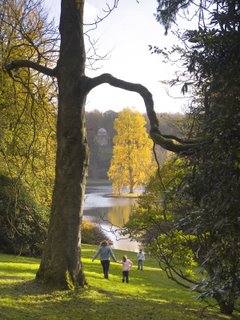TASMANIA: NEWDEVELOPMENTS 3
Letters
Tasmanian action a threat to basic rights
Monday April 3, 2006
The Guardian
As British lawyers practising, advising and writing in the fields of international, constitutional, human rights and environmental law, we are writing to express our concern at the decision of Gunns, the Australian woodchip company, to sue 20 environmental campaigners, politicians and groups who have campaigned against its role in the logging of old-growth forests in Tasmania. Gunns seeks damages of A$6.8m for what it claims are the unlawful actions of the defendants in protesting about its alleged wrongdoing.
We believe that the use of legal proceedings against peaceful protesters amounts to an attack on basic civil liberties, in particular freedom of speech and freedom of assembly. If successful, the legal action would not only financially cripple the individual defendants, but would have a far-reaching and chilling impact upon the freedom of individuals to protest. We share the similar concerns of our fellow public-interest lawyers in Australia.
We also recommend that Gunns learn from the mistakes of another multinational corporation which sought to use litigation as a means of silencing protesters: McDonald's. Its libel action against a small protest group became the longest and perhaps most high-profile defamation claim in English legal history. The case was a PR disaster for McDonald's and served simply to underline the importance of the right to free speech and protest as a fundamental human right. We will continue to watch with concern Gunns' legal action.
Keir Starmer QC, Richard Hermer, John Beckley, Paul Bowen, Professor Bill Bowring, Ruth Brander, Nick Brown, Brenda Campbell, Professor Christine Chinkin, Stephen Cottle, Simon Cox, Owen Davies QC, Laura Dubinsky, Danny Friedman, Christopher Gibson QC, Richard J. Harvey, Phil Haywood, Henrietta Hill, David Hislop, John R.W.D. Jones, Robert Latham, Peter Lownds, Jeannie Mackie, Michael Mansfield QC, His Honour Bernard Marder QC,Rajiv Menon, Joseph Middleton, Peter Morris, Tublu K. Mukherjee, Andrew Nicol QC,Tim Owen QC, Stephen Reeder, Mai-Ling Savage, Smita Shah, Susan Sleeman, Michelle Strange, David Watkinson, Aswini Weereratne, Quincy Whitaker, David Wolfe






